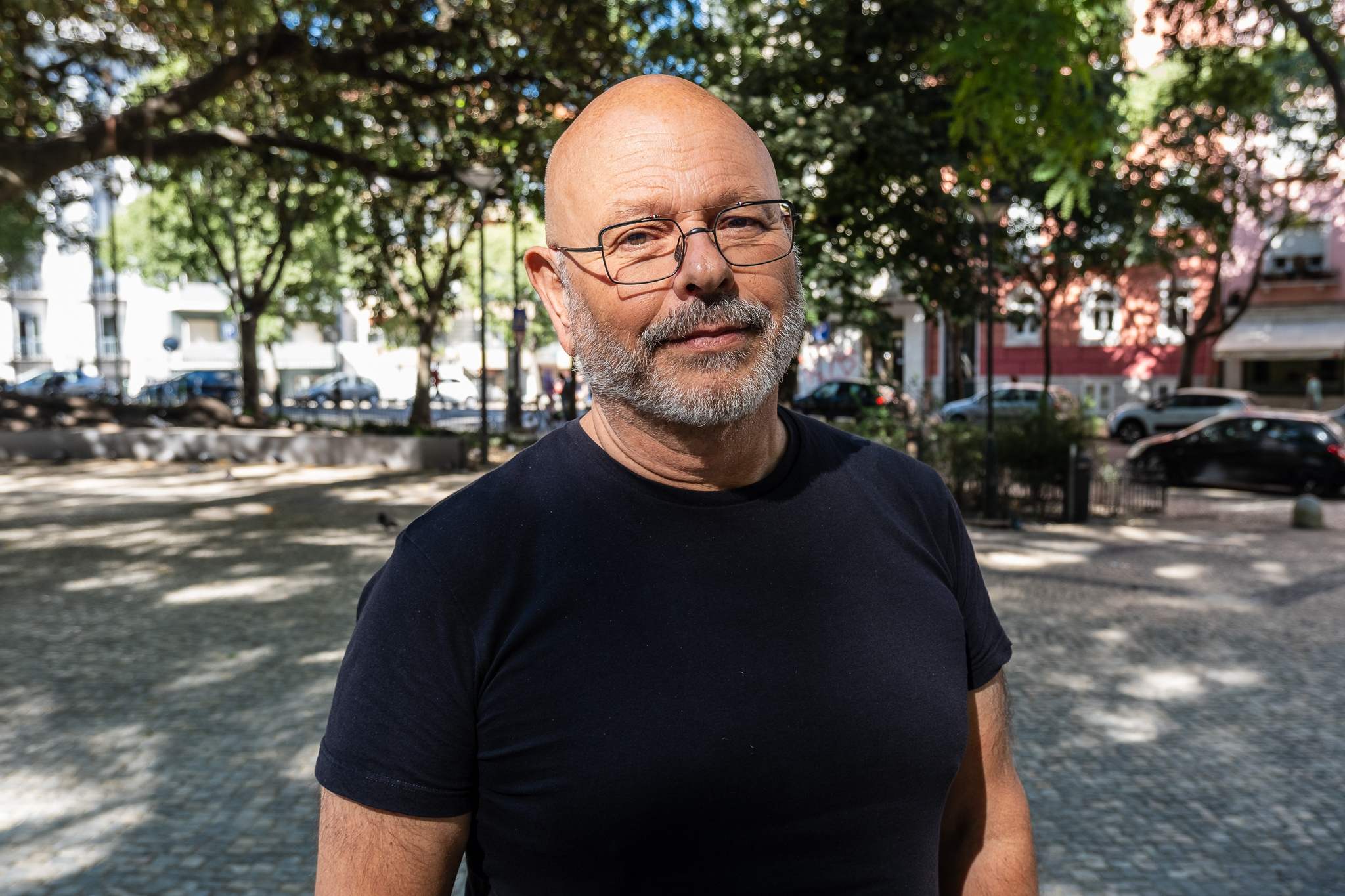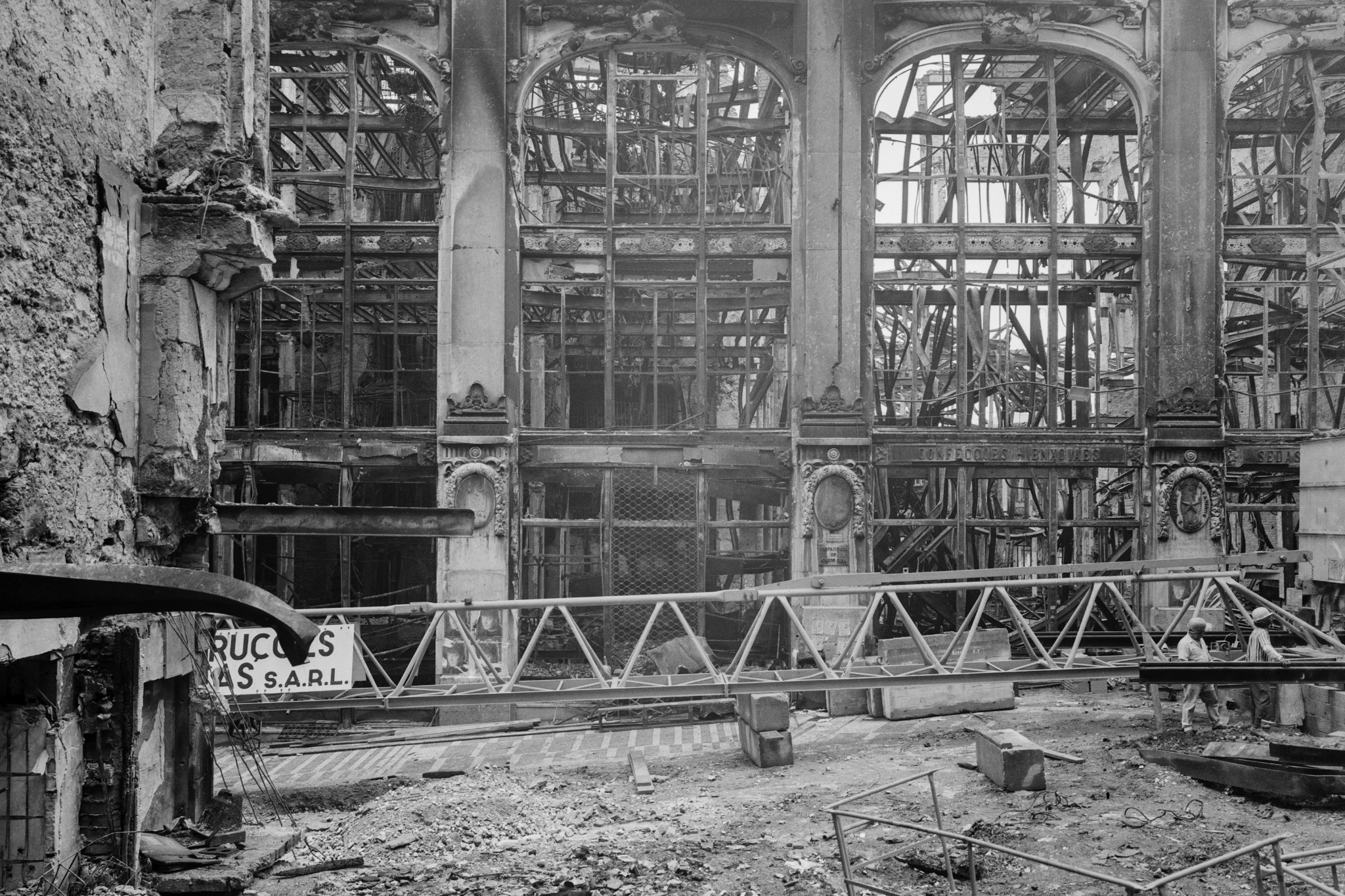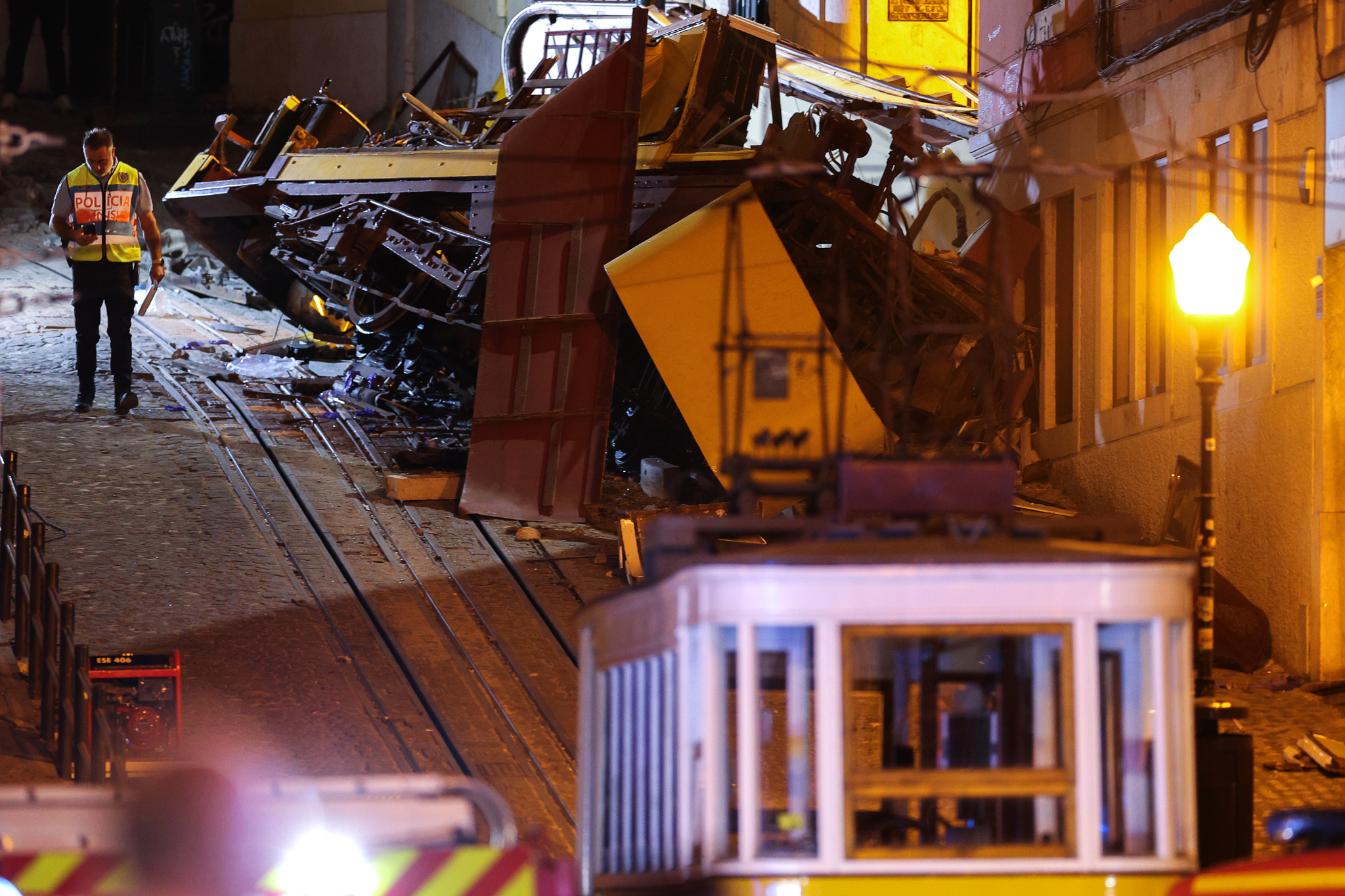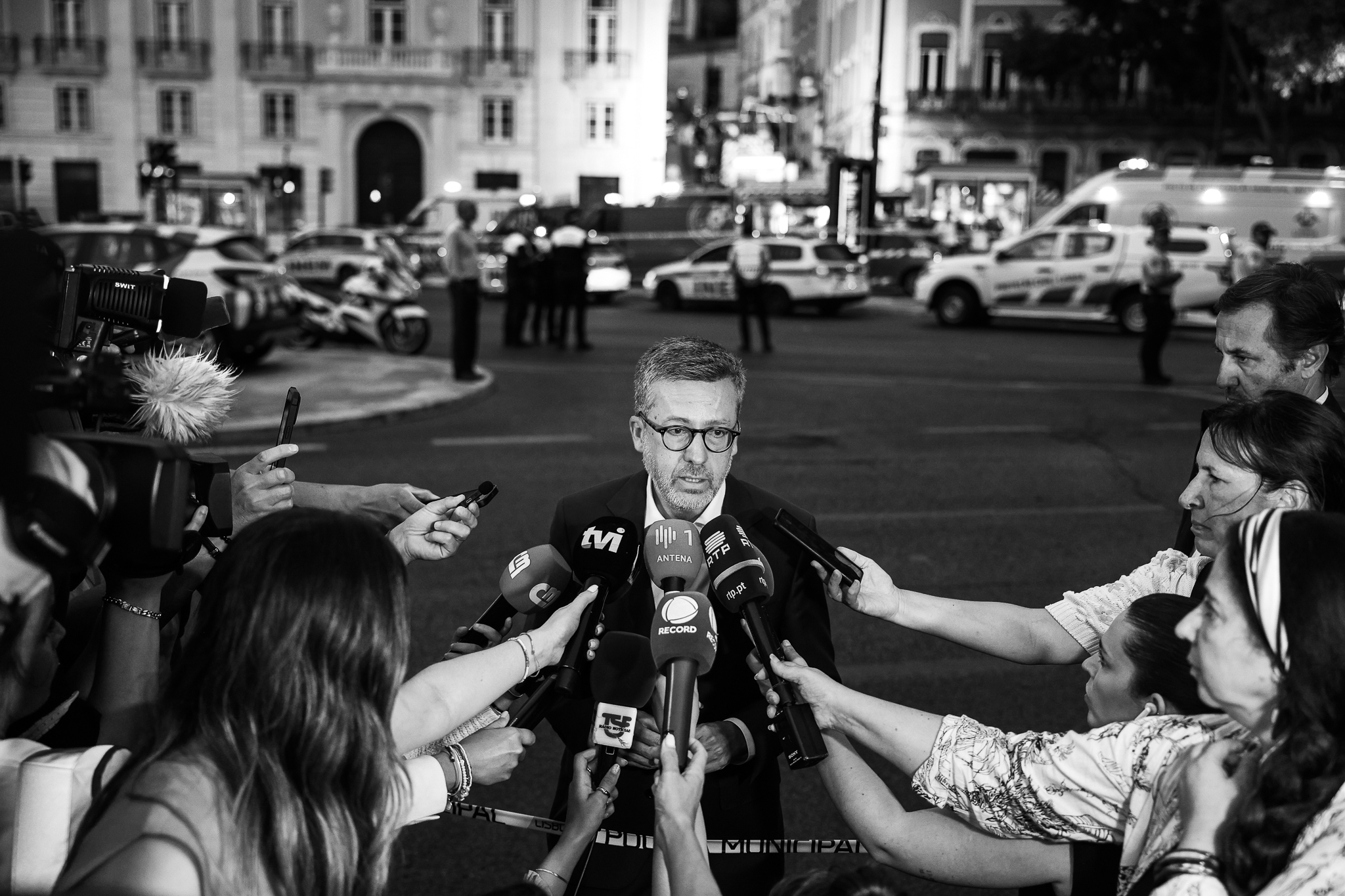Se és céptico em relação às ciclovias, eu entendo. Esta forma de desenho de ruas ainda é nova e praticamente inédita em muitos locais.

Estou a pedalar ao longo da rua perto da minha casa, num final de sexta-feira relaxante. Depois de alguns quarteirões, no entanto, chego a uma zona movimentada e sinto imediatamente os carros atrás de mim, acelerando os seus motores – são, sem dúvida, motoristas furiosos ao volante a perguntarem-se porque estão presos atrás de um ciclista idiota.
Se alguma vez andaste de bicicleta na rua, aposto que já tiveste esta experiência. Quando os ciclistas se juntam ao tráfego automóvel, os veículos atrás deles inevitavelmente têm que reduzir a velocidade devido ao facto básico de que as bicicletas são mais lentas do que os carros. Os condutores ficam frustrados com a lentidão e os ciclistas sentem-se ameaçados pela proximidade de carros a alta velocidade. É uma situação má para todos.
Cada viagem que faço de bicicleta lembra-me o quão perigoso é esse modo de transporte quando conjugado com o tráfego de veículos em movimento rápido. Mas lembra-me também o quão prático e acessível é andar de bicicleta. Cada minuto na minha bicicleta é um minuto em que não estou a gastar gasolina e a causar desgaste no carro de nossa família. Cada vez que tranco minha bicicleta em um novo destino, economizo em passagens de autocarro. Cada vez que pedalo é o tempo gasto em exercício físico, não num ginásio que me custa dinheiro por mês para usar.
Mais significativamente, cada vez que ando de bicicleta, estou a economizar dinheiro à minha cidade, deslocando-me num veículo leve que não danifica a estrada e que não acumula custos de manutenção para os quais o meu governo local provavelmente não orçamentou.
O que percebi, enquanto alguém que anda de bicicleta e conduz um carro, é que os condutores beneficiam muito com as ciclovias; podem simplesmente não o perceber. A reacção do automobilista comum a uma ciclovia que está a ser instalada na sua vizinhança ou ao longo de sua rota diária é a raiva pelo precioso espaço viário que está a ser tirado dos carros e a ser entregue às bicicletas.
Aqui estão três razões pelas quais os automobilistas devem, em vez disso, celebrar e defender as ciclovias:
1. As ciclovias tornam o trânsito melhor
Recordemos o cenário que descrevi no início deste artigo: se eu tivesse uma ciclovia em vez de ter de andar directamente no fluxo do tráfego de carros, poderia ter pedalado com facilidade e segurança, e os carros poderiam facilmente e de forma segura passar por mim, sem terem as suas velocidades condicionadas pela minha presença.
Agora, a ciclovia teria estreitado um pouco as vias de tráfego, obrigando a uma pequena diminuição da velocidade geral da estrada, mas o fluxo de tráfego seria consistente – sem desaceleração repentinas fruto da presença de um ciclista.
As ciclovias marcadas também tornam as regras da estrada muito mais claras para todos. Para os automobilistas, não há mais necessidade de desacelerar e desviar de uma pessoa que se move lentamente numa bicicleta, ou ficar confuso sobre como se ultrapassa um ciclista. Já o velocípede está no espaço dele e pedala ao seu ritmo.
2. As ciclovias fazem melhor uso de um dos recursos mais preciosos da cidade: espaço público
Imagina que és co-proprietário de um restaurante local. Investiste algum dinheiro para ajudar o restaurante a começar e agora tens uma participação de 10% no negócio. Um dia, passas por lá para comer algo e percebes que há uma sala inteira – mais de um terço do espaço do restaurante – que está completamente vazia.
Como é que reagirias? Provavelmente ligarias aos teus colegas parceiros de negócio ou falarias com o gerente geral, e insistirias para que o espaço fosse melhor aproveitado. Talvez pudesse ser alugado para eventos especiais. Talvez pudesses adicionar uma segunda cozinha lá e usá-la para catering. Em última instância, talvez a equipa pudesse usá-lo como armazenamento extra para libertar espaço na área principal de refeições. Mas aconteça o que acontecer, sabe que, enquanto um investidor cujo dinheiro está a ajudar a pagar o aluguer daquela loja, sabes que não queres ver um centímetro desse espaço que seja desperdiçado.
As nossas ruas não são tão diferentes. Na maior parte do dia, muitas ruas da sua cidade (e especialmente as zonas de estacionamento) estão totalmente vazias. O investimento que fazes na tua cidade por meio de impostos serve para pagar coisas como essas estradas e está a ser completamente desperdiçado.
Esta é uma metáfora imperfeita, mas o ponto-chave é que, com um pequeno esforço (por exemplo, pintar uma ciclovia na cidade), a tua cidade pode estar a pegar num recurso local muito valioso – terreno – e dar-lhe um uso muito melhor. Adicionar uma ciclovia desbloqueia um potencial enorme para pessoas que talvez não queiram andar de bicicleta sem elas. E há muitos locais onde podemos fazer isso com um impacto mínimo no espaço disponível para carros.
3. As ciclovias economizam dinheiro à tua cidade – e tu também economizas dinheiro
Governos e autarquias gastam por ano milhões de euros em estradas. Com uma quantia comparativamente pequena de dinheiro, as cidades poderiam pintar ciclovias nas ruas onde são mais necessárias e permitir que muitas mais pessoas possam escolher pedalar em vez de conduzir para, pelo menos, algumas das suas necessidades de viagem.
Com um pouco mais de dinheiro, as cidades podem usar balizadores ou floreiras para criar ciclovias protegidas, onde os residentes possam pedalar com ainda mais segurança.
Esses pequenos investimentos têm o potencial de reduzir seriamente os custos de manutenção das ruas e estradas de tua cidade, porque as bicicletas criam um desgaste minúsculo em comparação com os carros.
Se és céptico em relação às ciclovias, eu entendo. Esta forma de desenho de ruas ainda é nova e praticamente inédita em muitos locais. Faz sentido que te preocupes com as mudanças nas ruas mais conhecidas da tua cidade.
Mas espero ter elucidado alguns pontos lógicos aqui: as ciclovias tornam as ruas mais seguras e fáceis de percorrer para todos. Também dão a essas ruas um uso muito melhor do que com o seu design actual. Finalmente, as ciclovias têm o potencial de economizar muito dinheiro às nossas cidades nos seus orçamentos municipais.
Vamos usar as nossas ruas da melhor forma possível. Vamos garantir que os nossos impostos estejam a ter um bom retorno de investimento. E vamos fazer das nossas comunidades lugares onde todos possam chegar aonde quer que seja, de maneira segura e económica. É assim que se constrói uma cidade forte.
Artigo da autoria de Rachel Quednau, originalmente publicado no site norte-americano Strong Towns. O texto foi reproduzido aqui com algumas alterações, nomeadamente tradução e adaptação de partes contextuais, ao abrigo da licença CC BY-SA 3.0.










